 National Capital Parks-East is a collection of National Park Service sites on the Maryland side of D.C. The sites include open spaces, homes of historical figures, boardwalks and piers, old forts, and even farms.
National Capital Parks-East is a collection of National Park Service sites on the Maryland side of D.C. The sites include open spaces, homes of historical figures, boardwalks and piers, old forts, and even farms.
Visitor Rating (write your own review below)
ILNP Park Review
Our Visit. I visited the southernmost of the National Capital Parks-East during two evening outings in September
Our Weather. The first night was rainy and muggy, the second night was a pleasant 80 degrees and clear
Overall Impression. Most people visiting Washington D.C. are there to visit the monuments, memorials, museums and government sites in the heart of the capital, and rightfully so as these are some of the nation’s crown jewels. Just a few minutes beyond the capital’s boundaries, though, are a number of lesser known parks and sites. Because they’re lesser known, they’re far less crowded than the National Mall and have a very different, less refined feel to them. Each is unique in its own right, though some are certainly more visitor friendly than others.
Visiting. Because each of these parks is fairly small, its easy to string together visits for 2-3 of them in one outing. Before you visit, take a look at the official NPS site to check out the features of each site and choose those that strike your fancy. I found that most of the sites had short business hours for their visitors centers and tours, but they remained open until sunset and despite the lack of guides, they still made for pleasant strolls and educational outings. With a little planning, I was able to hit the highlights of four different parks in a span of 2.5 hours in a single evening (including driving), though I’d recommend more time. I found Google Maps extremely helpful for navigating the narrow two-lane roads between the sites.
I was able to visit Piscataway Park (including the National Colonial Farm), Fort Washington Park, Harmony Hall, and Fort Foote Park. Each of the parks I visited is described in more detail below starting from south and working north toward the capital.
Piscataway Park and National Colonial Farm
Piscataway Park lies alongside the Potomac River and is a great place for a short hike and a little history. There is a fishing pier on the Potomac and two boardwalks over the marshlands of Accokeek Creek, and Piscataway Park is also home to National Colonial Farm.
There are a couple of parking areas–if you follow the map on your phone, it will take you to the main parking area which is home to the farm and the fishing pier. To get to the boardwalk, you’ll need to take the road immediately before the main entrance to the park. I recommend parking in the main area first, touring the National Colonial Farm, and then strolling on the fishing pier. Afterwards, if you have time, drive down the road to the boardwalk and another stroll. The gates technically close at sunset, but they seem to be kept open until dark giving time for a sunset stroll.
The National Colonial Farm occupies a portion of Piscataway Park and is operated by the Accokeek Foundation. It’s purpose is not to preserve a specific farm, but rather to serve as a living museum of 18th century agriculture in the area. Included in the farm are multiple gardens, a relocated 18th century tobacco barn, and the 18th century Laurel Branch House which was moved from a nearby farm and renovated. The farm is complete with sheep and cattle. While the Visitors Center for the farm closes early, the farm grounds can still be accessed until the main gates close. It’s a simple matter of following the road past the Visitors Center and making the loop back through the farm. It’s a nice stroll with educational markers along the way, and with none of the buildings open, it can be walked in about 15 minutes, though stopping to read all the signs would take a bit longer. Once back at the Visitors Center, the fishing pier is a 2 minute walk. After you’ve had your fill at this area, you can drive a couple minutes back up the road and pull off onto the gravel road leading to Piscataway Creek. The road leads to a small parking lot, and the boardwalk takes a leisurely 20 minutes out-and-back, though the trails continue beyond the boardwalk for those looking for a longer walk.
Official NPS Website Piscataway Park
- Tobacco barn at National Colonial Farm
- There are lots of animals at National Capital Farm including these sheep, one of whom got separated from the rest somehow
- The tiny farmhouse at National Colonial Farm
- View of the sunset from National Colonial Farm
- The fishing pier at Piscataway Park is a great place to see the sunset
- Idyllic waters on the banks of the Potomac River as seen from the fishing pier at Piscataway Park
- This is the beginning of the Accokeek Creek Boardwalk that skirts the edge of the Potomac River
- Another view of the Potomac River, this time from the Accokeek Creek Boardwalk
- Evidence of recent flooding that had shut down the boardwalk on my first visit
Fort Washington Park
Fort Washington Park protects the well-preserved stone fort completed in 1824 to protect the nation’s capital from invasion via the Potomac River. During the last decade of the 19th century up through WWI, the site was modernized with several steel and concrete batteries.
The fort is open every day, but it closes early along with the Visitors Center. Between the fort’s closing and sunset, you can still tour the grounds and batteries outside the fort. Even if you can’t go inside the fort, this is still a beautiful area overlooking the Potomac and full of trails and wildlife that make it a great place to visit. Plan on spending at least an hour at the fort.
There are two places to park and explore the fort. The first is along the shore by following the “lighthouse” signs. A short trail takes you to the lighthouse and water’s edge, and you can climb the gentle slope up to explore Battery White and Fort Washington. The second is the main parking area for the Visitors Center. From here, you can look at Battery Decatur, tour the Visitors Center, and enjoy the great overlook before strolling down to the fort and Battery White. There are more batteries on the south end of Fort Washington Park that can be reached by the road just inside the main entrance to the park, but this area is mainly for picnics, and the batteries can be seen but not explored. Unless you’re just looking to burn time, the area around the old fort is by far the best place to explore.
Official NPS Website Fort Washington Park
- The Fort Washington Visitors Center sits up on a bluff overlooking the fort and the Potomac River
- An overlook at the Visitors Center provides a great vista for both the fort and the Potomac River
- Battery Decatur lies just to the side of the Visitors Center
- The imposing gate to the old fort
- A look at the imposing walls of Fort Washington
- Battery White sits just below the old fort
- The view of the Potomac from Battery White in front of the old fort
- The Fort Washington lighthouse sits right on the bank of the Potomac below the fort
- The path to the lighthouse is paved but rough in spots
- White tailed deer were everywhere in Fort Washington
- Battery Humphries is one of several auxiliary gun positions added to the fort in the late 1800s
Harmony Hall
Harmony Hall, originally built by tobacco merchant Enoch Macgruder in 1769, is the oldest building in Prince George’s County, Maryland. It was acquired by the National Park Service in 1966 to preserve early aristocratic history in this area.
As of my visit, Harmony Hall was not open to the public, and a glance in through the windows revealed a home in need of renovation. However, the grounds are open for strolling and can be accessed via the driveway from the main road. Parking is at the Harmony Hall Regional Center next door, but there is no path I could see between the two. I had to walk back along the busy and narrow road to the driveway, so be careful! Once down the driveway, the house is easy to spot, but overgrown grass left only the very front and a little of the back yard easily accessible. A jaunt to the house and back takes about 20 minutes from the parking lot.
Official NPS Website Harmony Hall
- The driveway to Harmony Hall. Be careful walking on the planking due to the wide gaps between boards
- The beautiful brick architecture of Harmony Hall
- A gate at Harmony Hall leads to a field behind the house
- The back of Harmony Hall
- A peek through the window reveals the hall is still in need of a lot of restoration
Fort Foote Park
Fort Foote was built during the Civil War to strengthen the defenses around Washington D.C. Two of the 15-inch guns still stand along with the remains of the earthen berms that formed the fort’s walls.
When I visited in late summer, Fort Foote was an overgrown mess. The paths to the fort were covered in tall grass and weeds, making a tour difficult and a bit scary (snakes, ticks. . .). A basic hike to see the fort will take about 15 minutes. The start of the trail is not well marked, but it’s the one next to the gate on the side of the parking lot. A tall sign a little ways down the trail marks the spot where the trail to the fort splits off, though I had to rely on trampled down grass to show me the way. You’ll know you’re in the fort by the steep berms on the sides of the path. An opening in the berm on the river side leads to the canons, one of which was accessible, the other wasn’t worth the trek. I also expected to see views of the Potomac from the high bluff, but the area is overgrown with trees blocking the view. I recommend Fort Foote only for the most die-hard Civil War buffs.
Official NPS Website Fort Foote Park
- The start of the trail to Fort Foote is not well marked, but here’s where it starts from the parking area
- This sign sits beside the main path and marks the way to the fort, even though the trail is buried in grass
- It doesn’t look like much, but these are the walls of Fort Foote
- One of the 15-inch smoothbore guns at Fort Foote–it’s barely accessible through the brush
Suggestions. I grew up in Georgia, but having lived in Colorado for a long time, I often forget about two things: humidity and bugs. This area is incredibly humid, and even with mild temperatures, prepare to be drenched in sweat after even a short hike. For many of these less-visited sites, the trails can be overgrown a bit with tall grass. I definitely recommend taking some bug spray as ticks and mosquitoes are thick here. I didn’t have any bug spray, and I’m lucky I didn’t pick up any ticks, despite the trek through tall weeds at Fort Foote. . . the mosquitoes left their mark.
Other Sites Sites I did not get the chance to visit in the National Capital Parks-East area include the following:
- Anacostia Park
- Carter G. Woodson Home NHS
- Fort Dupont Park
- Frederick Douglass NHS
- Greenbelt Park
- Kenilworth Park and Acquatic Gardens
- Mary McLeod Bethune Council House NHS
- Oxon Cove Park and Farm
Nearby Towns Washington D.C.
Other Nearby Attractions National Mall, Manassas NBP
Official NPS Website National Capital Parks-East
Write Your Own Review

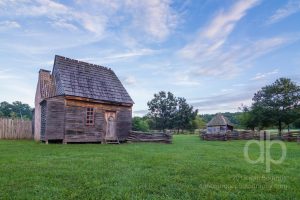
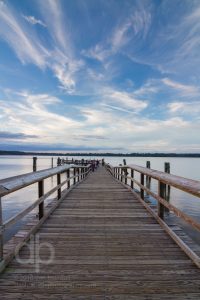
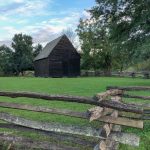
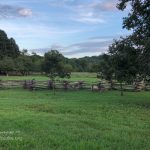
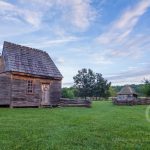
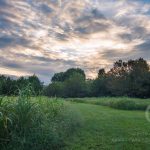
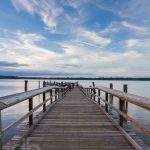
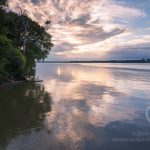
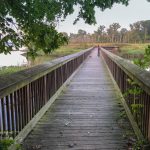

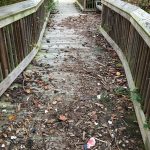
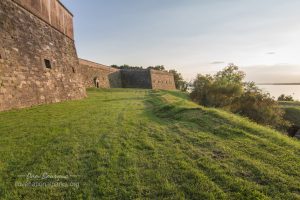
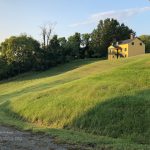
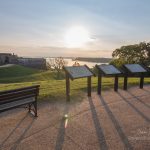
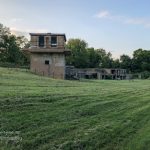
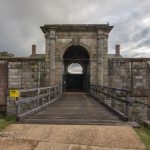
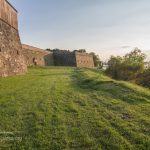


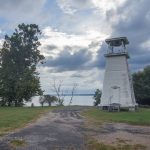

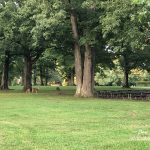
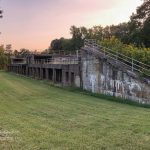

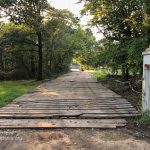
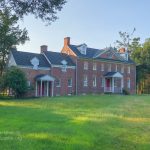

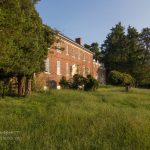
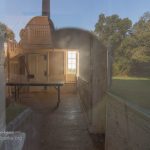
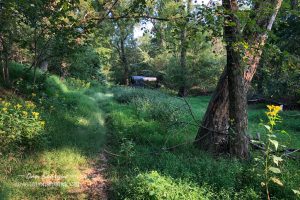
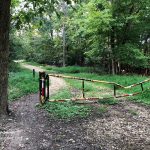

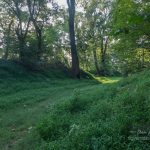
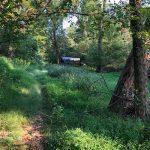
No Comments Yet